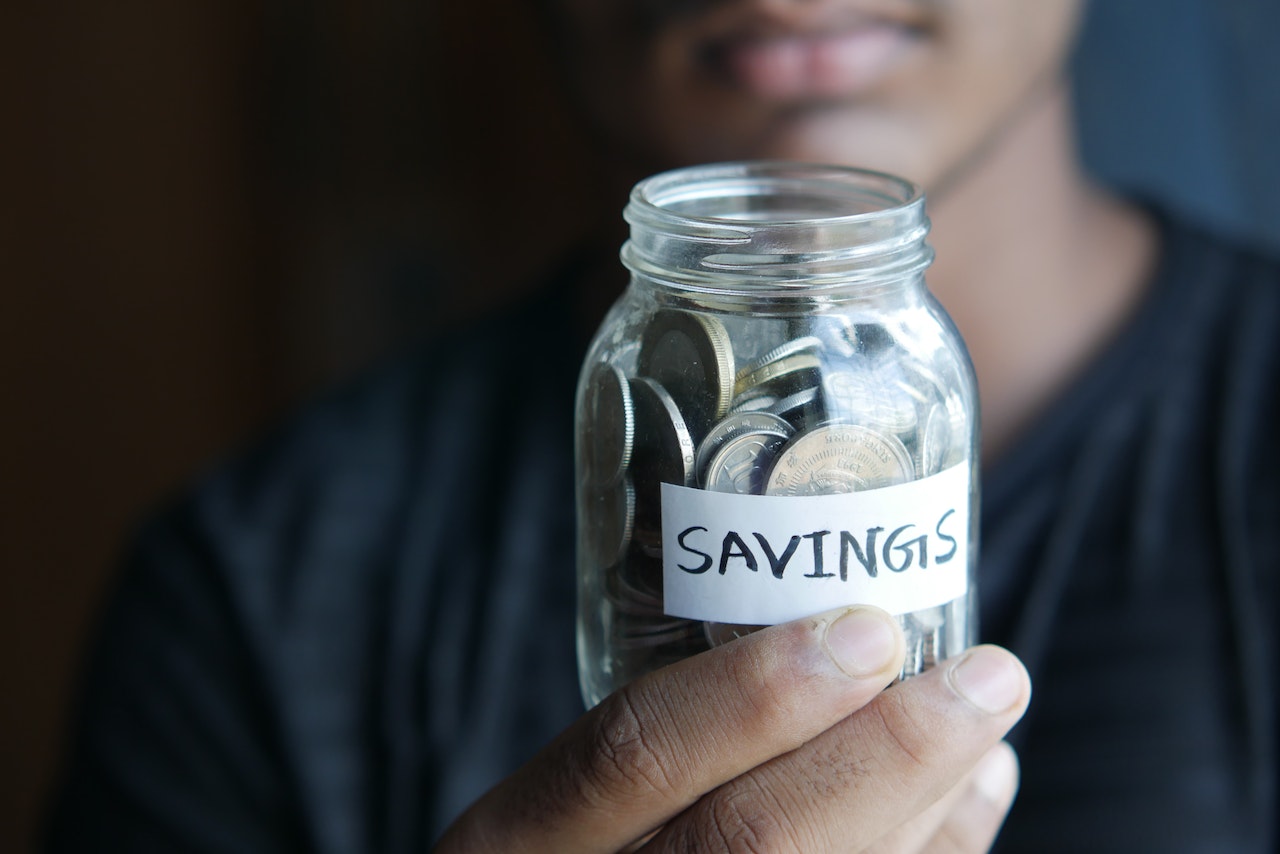Building an emergency fund

Building an emergency fund is a crucial step in achieving financial security and protecting yourself from unexpected financial setbacks. An emergency fund acts as a safety net to cover unforeseen expenses such as medical emergencies, car repairs, job loss, or any other unexpected financial burdens. Here’s a step-by-step guide on how to build and maintain an emergency fund:
- Set a target amount: Determine how much you want to save in your emergency fund. Ideally, aim to save three to six months’ worth of living expenses. This amount will vary based on individual circumstances, such as job stability, family size, and financial responsibilities.
- Track your expenses: Create a budget to understand your monthly income and expenses. This will help you identify areas where you can cut back and save more money.
- Start small but be consistent: Building an emergency fund takes time, so don’t feel overwhelmed. Start by setting aside a small portion of your income regularly, and gradually increase the amount as your financial situation improves.
- Automate your savings: Set up an automatic transfer from your checking account to a separate savings account dedicated to the emergency fund. Automating the process ensures that you consistently contribute to the fund without having to remember to do it manually.
- Avoid using windfalls for non-emergencies: If you receive unexpected money, such as a tax refund, bonus, or gift, resist the temptation to spend it on non-essential items. Direct these windfalls into your emergency fund.
- Save windfalls and pay raises: Whenever you get a pay raise, consider saving a significant portion of it directly into your emergency fund. This can help you reach your target faster without impacting your current lifestyle significantly.
- Reduce unnecessary expenses: Review your expenses regularly to identify areas where you can cut back. For example, consider cooking at home instead of eating out, finding cheaper entertainment options, or canceling unused subscriptions.
- Prioritize your fund: Treat your emergency fund as a financial priority. Allocate funds to it before considering other non-essential expenses.
- Separate accounts: Keep your emergency fund in a separate account from your regular checking and savings accounts. This separation will help you resist the temptation to dip into the fund for non-emergencies.
- Replenish after use: If you ever need to use your emergency fund, make it a priority to replenish the withdrawn amount as soon as possible.
Remember, building an emergency fund is not a one-time task; it’s an ongoing process. Stay committed to your financial goals, and over time, you’ll have peace of mind knowing that you have a safety net to handle unexpected situations.



4,142 Comments
Comments are closed.